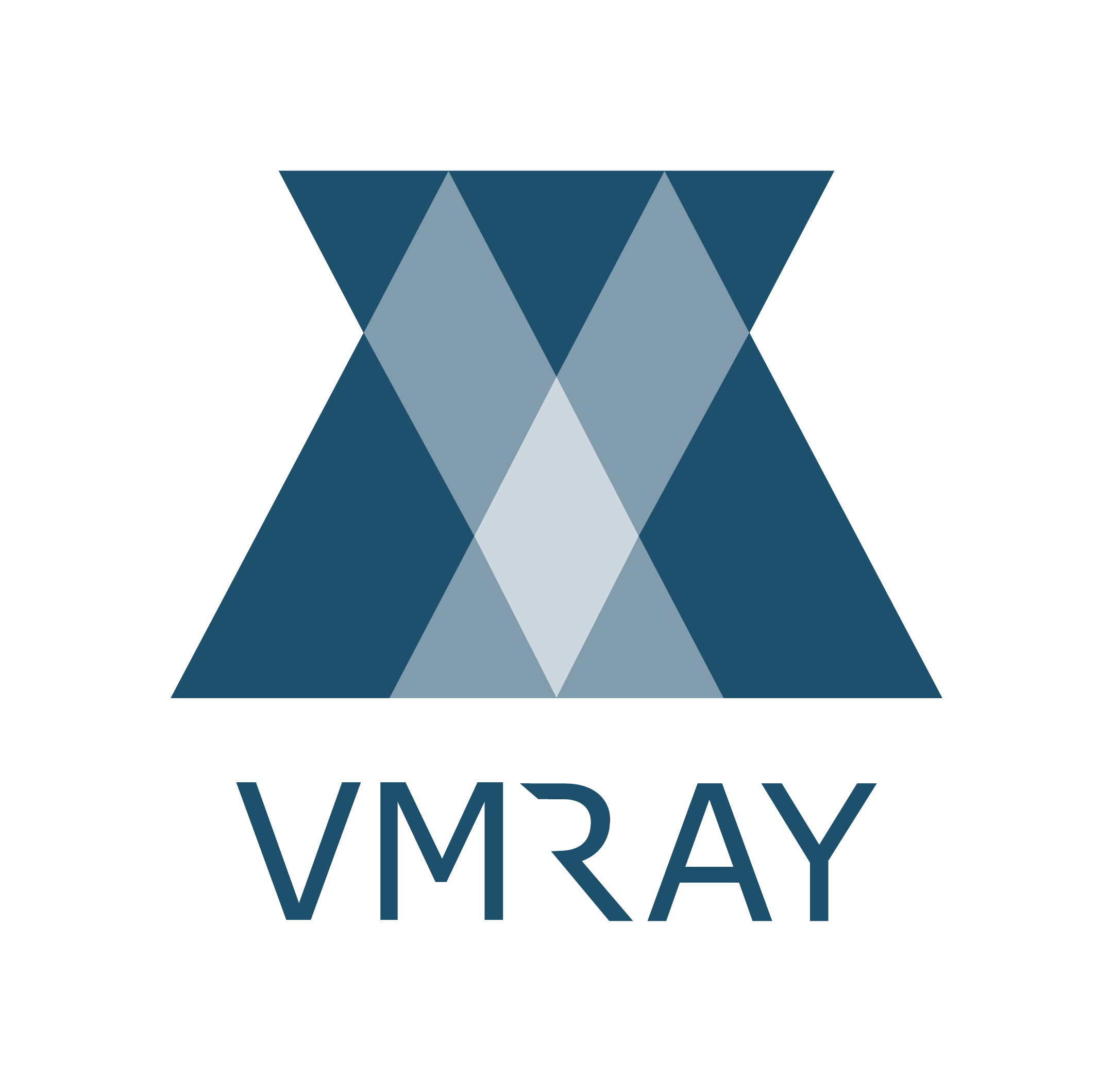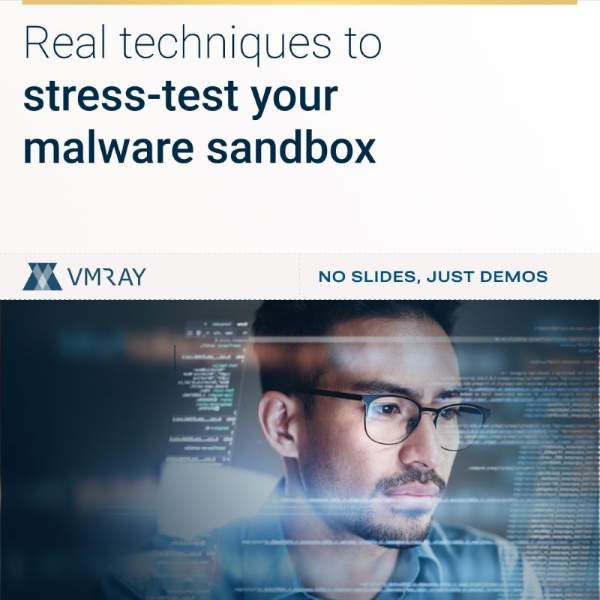Chapter 6: Elevating Threat Intelligence with advanced malware and phishing analysis
As we tackle with the mounting sophistication of industry-specific cyberattacks, the quest for effective threat intelligence remains paramount. To equip themselves with the tools necessary to navigate this dynamic realm, security teams need technologies that not only provide deep analysis of malware and phishing threats, but rbut also provide clear insights that help building reliable, unique, and relevant threat intelligence.
Mapping the road to accurate and relevant Threat Intelligence
As the first step towards building robust threat intelligence, it’s essential to understand the quintessential characteristics that define it. This necessity creates the need for five key attributes crucial for build reliable and relevant threat intelligence:
Timely insights
Threat intelligence must be provided in near real-time with as little delay as possible, within the time frame where it has operational relevance.
SOC teams often lack the tools necessary to quickly provide information for events that involve advanced malware and sophisticated phishing attacks. To have that, you need capabilities such as:
Fully automated sample analysis:
The analysis solutions should provide automated workflows with no human interaction required during the analysis process, e.g., automated simulation of user behavior such as mouse clicks or system reboots to trigger malware behavior. You need a tool that weeds out false positives and triages valid alerts according to severity, enabling CTI teams to focus on high-priority events.
Mitigate staff shortage and skill gaps:
The capability to turn the output of in-depth analysis to clear and easy-to-understand reports is essential. This capability acts as a force multiplier to ease the strain on CTI teams, allowing less experienced team members to take on tasks that usually require more advanced skills. This places even low-staffed teams in a position to efficiently generate high-quality internal threat intelligence for incident response, threat hunting, and security policy development.
Relevant:
Threat intelligence must be tailored to the specific environment.
Externally sourced CTI gives broad visibility into the global threat landscape but is often too generic and may not capture the unique threats to a particular organization. Advanced malware analysis helps to close this gap by providing the means to generate highly relevant CTI from in-house sources.
Technology stack integration:
Speed and scale are equally important. A malware and phishing analysis solution should enable high-volume alert ingress from sources like EDR, XDR, SOAR, and SIEM through out-of-the-box connectors or REST API for custom integrations.
Accurate:
Threat intelligence must be correct, complete, and explicit.
Advanced malware is highly evasive, and designed to escape analysis and detection. An evasion-resistant analysis tool can enable security teams to reliably identify and catch threats that have bypassed other security controls.
Highly resistant against sandbox evasion:
VMRay’s monitoring approach (“looking from the outside in”) makes the analysis environment virtually invisible, even to sophisticated, context-aware malware. Samples are encouraged to expose their true intentions.
Designed to catch custom-developed malware:
The VMRay analysis environment is highly customizable to resemble the organization’s production environment as closely as possible. Customization includes the use of Golden Images and Geolocation settings to uncover targeted attacks.
Specific:
More detailed and more specific insights allow defenders to determine the best countermeasures.
The speed and effectiveness of CTI generation is closely linked to the quality of the analysis and the quality of the reports that are subsequently generated from the analysis results. Low-quality analysis can miss important details, while low-quality reporting can contain up to 90% irrelevant noise. Both undermine the ability to identify and address a complex threat quickly.
Full visibility into malware behavior:
An advanced malware analysis tool should capture and log every interaction between the suspicious files / URLs and the analysis environment, down to the granular level of function logs and memory dumps and all the way to the end of its execution. No critical details get missed during analysis.
Noise-free reporting:
The report derived from the in-depth analysis should provide the necessary details relevant to understanding the analyzed threat. However, irrelevant information should be already filtered out so that important signals are not lost in the background noise.
Actionable:
Threat intelligence must be usable in a practical sense and translate into actionable steps that can be taken.
Output from malware analysis is generally an underutilized source of threat intelligence due to the difficulty of extracting actionable IOCs in a time-efficient manner. CTI teams need and efficient analysis solution that automates the extraction of high-fidelity IOCs.
Automated generation of actionable IOCs:
Security teams need to focus on the meaningful and highly reliable Indicators of Compromise (IOCs), not all the artifacts that come out of the analysis. The filtering of irrelevant artifacts should then be automatically done by the analysis solution.
VMRay extracts from data gathered during threat analysis, distinguishing generic artifacts from IOCs and removing irrelevant information from the report while flagging and scoring relevant IOCs. The result is powerful, actionable threat intelligence that can be shared with the security environment.
What sets VMRay apart isn’t just its ability to delve into the depths of analysis, but also to bring back concise, actionable, and comprehensible insights. It signifies a transformation from data accumulation to strategic action. In the age of targeted attacks and industry-specific threats, generic threat intelligence falls short.
By merging advanced technologies and innovative methodologies, VMRay sets a new standard for the creating reliable, unique, and relevant threat intelligence.


